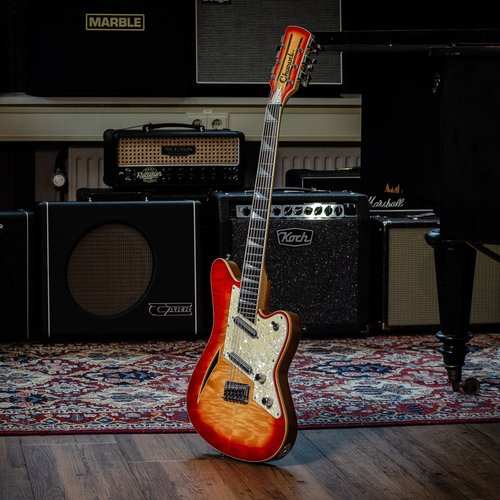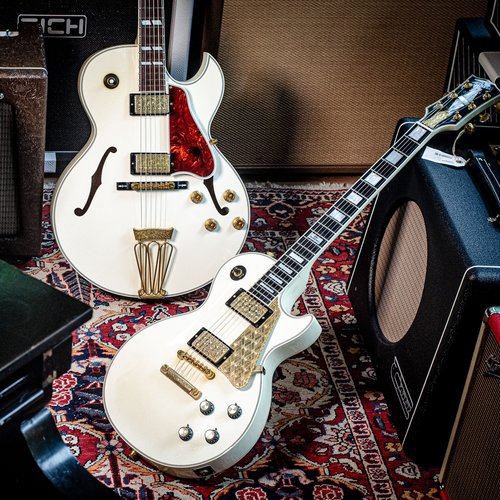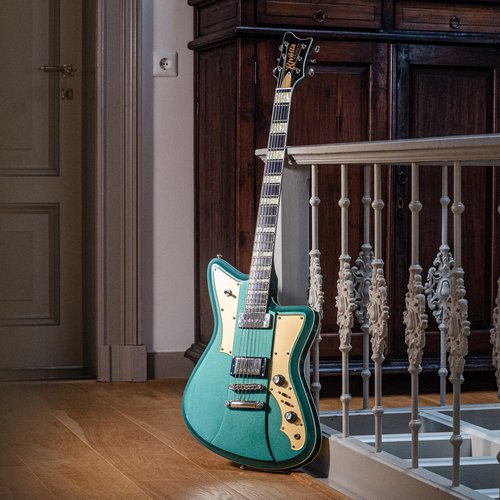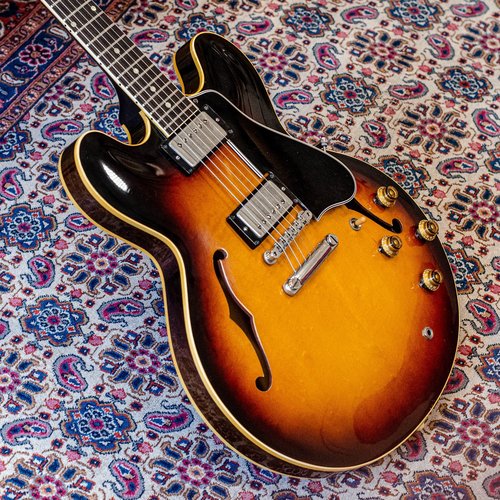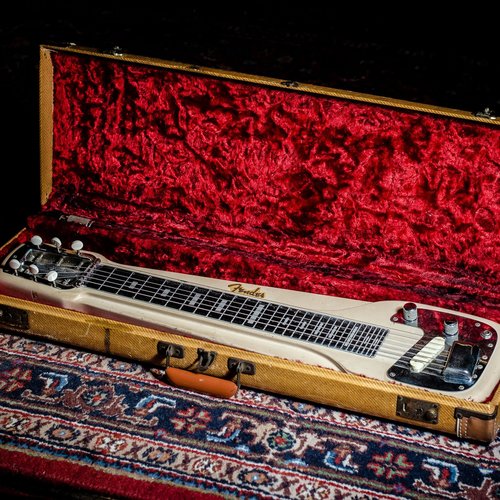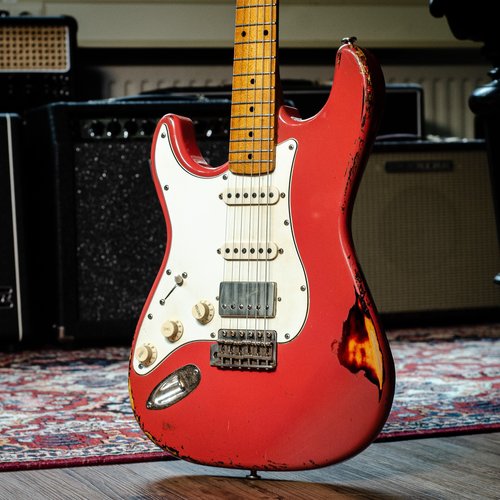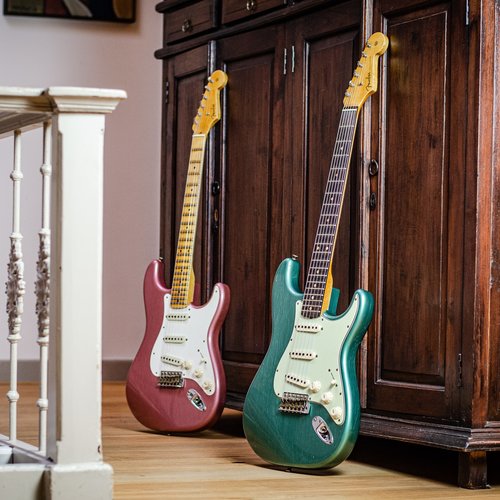Electric Guitars
The electric guitar has taken center stage as the rock instrument in the music industry since the 1940s. The very first electric guitar was the Rickenbacker “Frying Pan.” Although this was officially the first electric guitar was, things didn't really start rolling until Leo Fender in 1948 the Telecaster on the market. Shortly after the release of the Telecaster, other electric guitars quickly followed that are still popular today. The electric guitar has many variants, so there is an electric guitar to suit everyone's needs.
How many variants are there?
To keep it simple, the electric guitar can be divided into three different variants. The first variant is the solid body electric guitar. This guitar is made of solid wood making the instrument very resonant. The Telecaster was one of the first true Solid Body guitars and was an inspiration for almost all Solid Body guitars that followed it.
The second variant is a hollow body electric guitar. Hollowbody electric guitars were first produced in the 1930s in an attempt to compete with the loud sounds of major jazz bands and orchestras. The archtop shape and iconic F-hole design are instantly recognizable features of a hollow body guitar. Unlike the solid body guitar, the hollow body guitar is completely hollow inside.
One disadvantage of the hollow body guitar is that it is prone to feedback when played at higher volumes or when the gain is increased.
The latest variation is the Semi Hollow body electric guitar. This guitar evolves on the Hollow Body design, but is distinguished from its older relative by one important feature.
Semi-hollow electric guitars have a wooden center block in which the pickups are mounted. This middle block helps reduce feedback that can occur with fully hollow guitars. Therefore, semi-hollow guitars are better suited for music styles that require overdrive or distortion.
Body Shapes
The electric guitar has a wide range of forms. Many modern guitars are based on the original models of the 1940s and 1950s, such as the Fender Telecaster and Stratocaster. Many other brands take inspiration from these shapes for their own guitars. Because of licensing laws, only Fender is allowed to use the names Stratocaster and Telecaster. Therefore, in our specification lists, we use the terms S-style nd T-style o designate these guitars.
Gibson, with the Les Paul and SG also developed two iconic shapes often found in other guitars. A Les Paul is also called a Single Cut guitar called, while an SG is known as an Double Cut guitar. The Double Cut shape can also be seen, for example, in the PRS Custom 24.
In the specification list of our products, you can always find which body shape that particular guitar falls under.
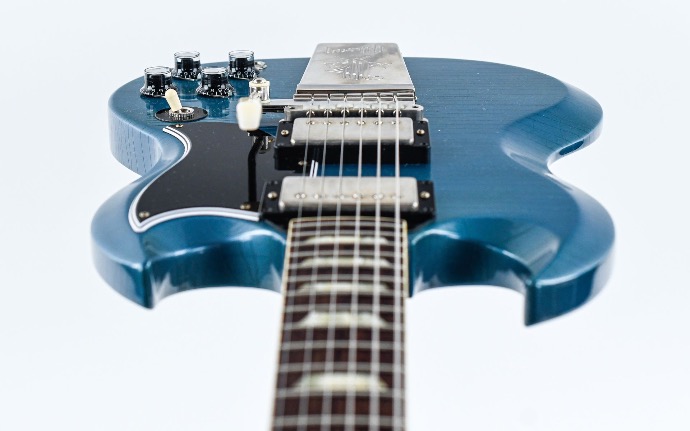
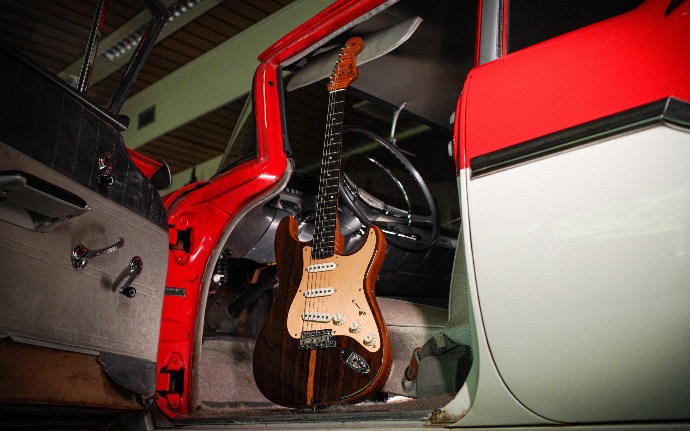
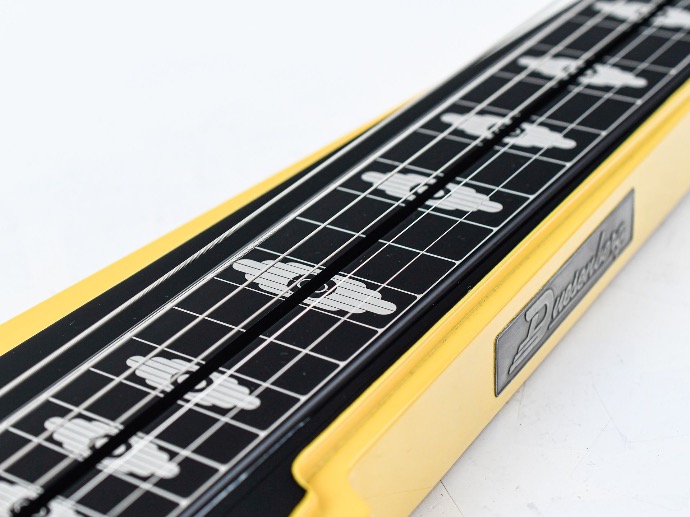
Lap- & Pedalsteel
The lap steel guitar, also known as Hawaiian guitar, is a type of steelguitar without pedals that is usually played in a horizontal position on the player's lap. The strings are significantly higher in relation to the neck than on a standard electric guitar. As a result, the lap steel is played with a piece of metal that functions as a slide.
The pedal steel guitar is a steel guitar with pedals and knee levers that adjust the pitch of certain strings, allowing you to play more varied and complex music than with a lap steel guitar.
